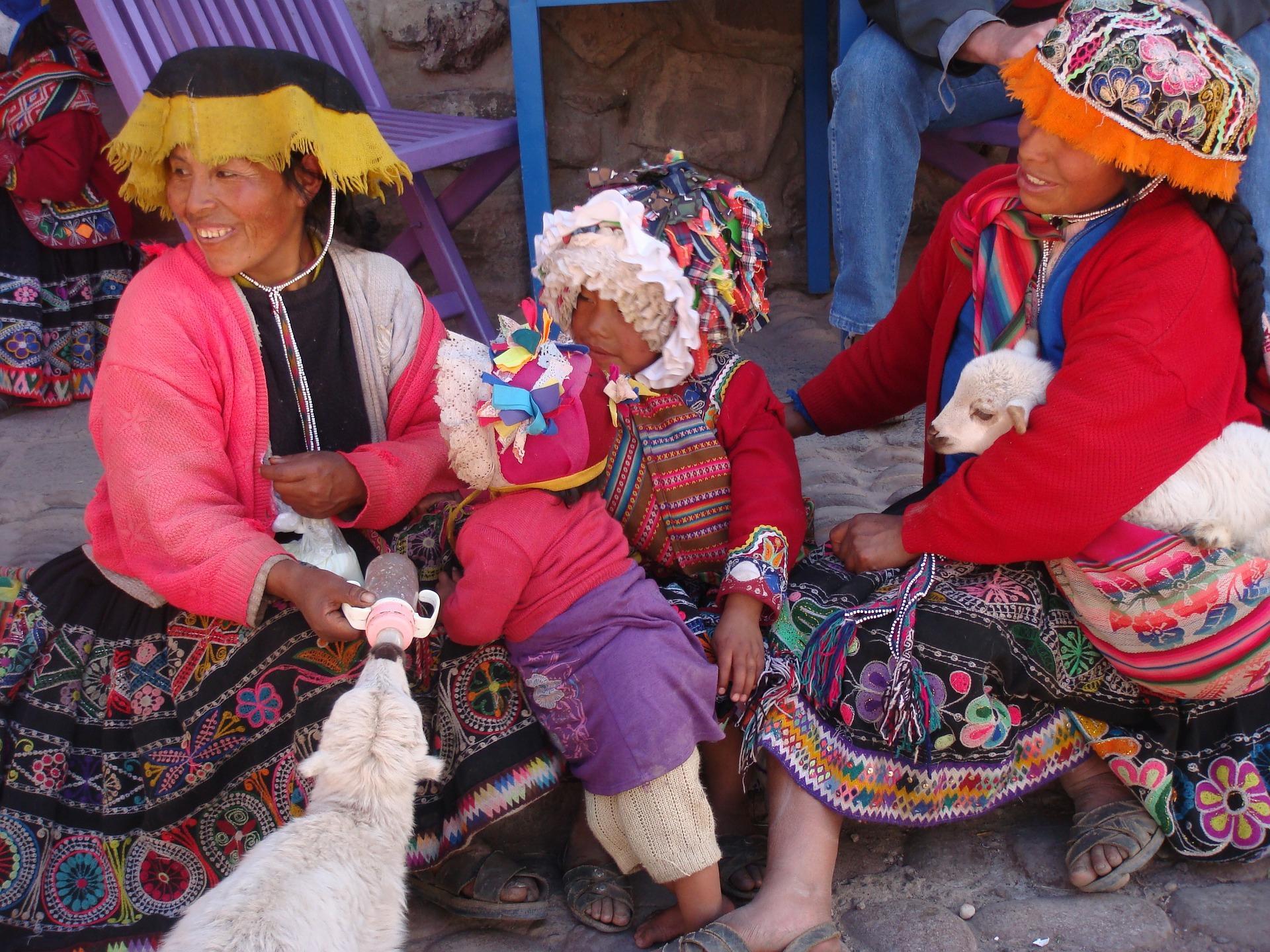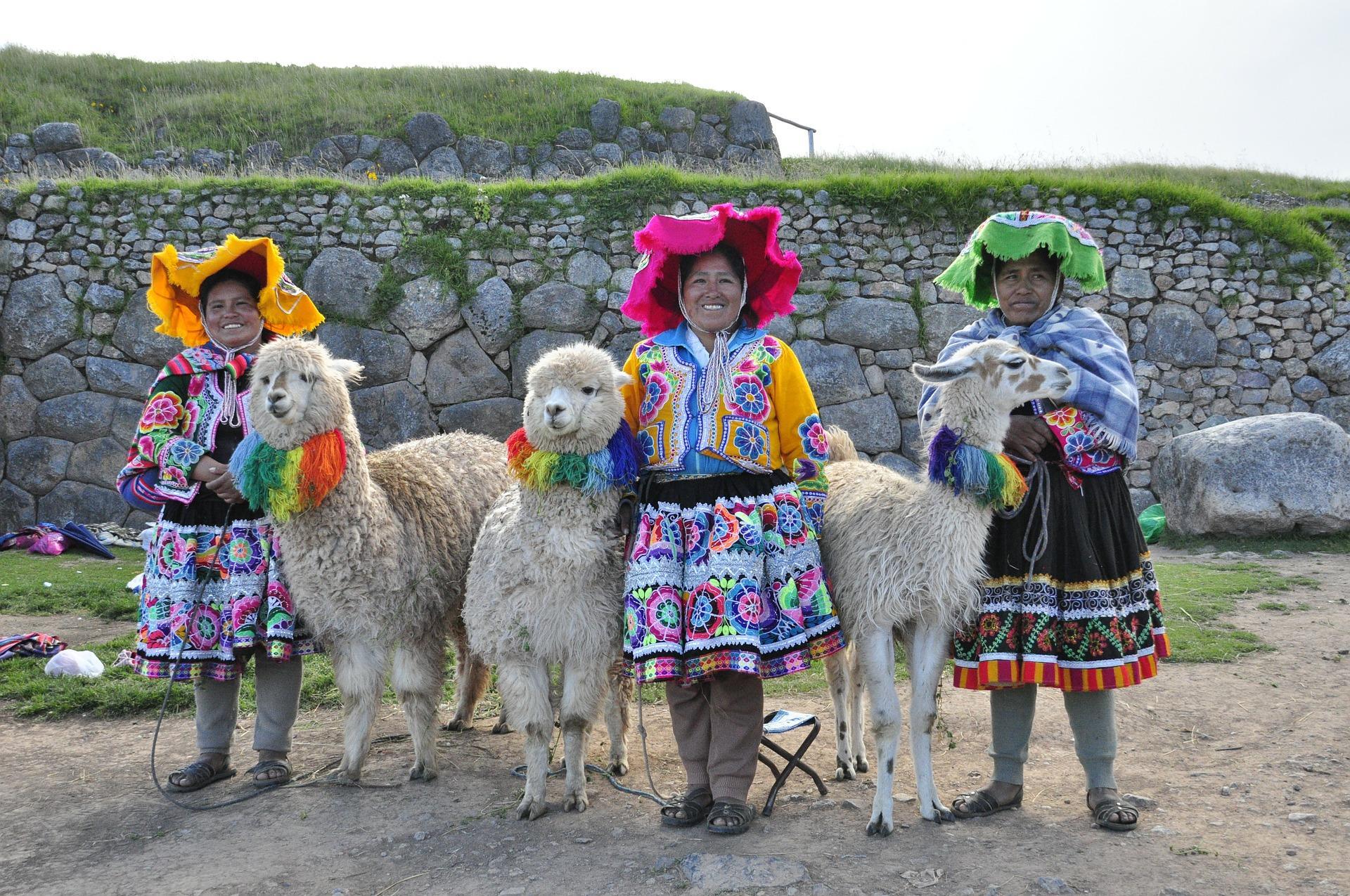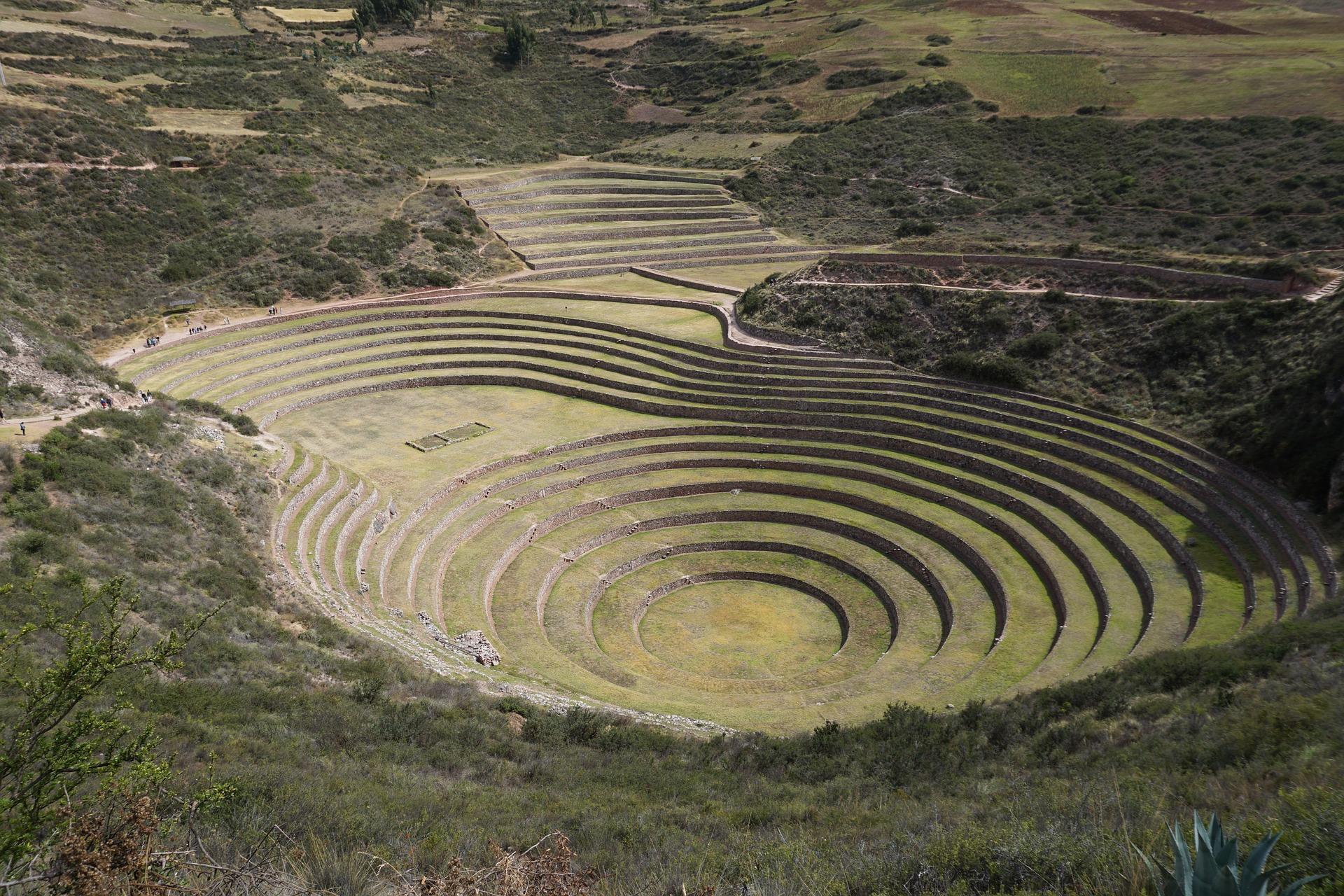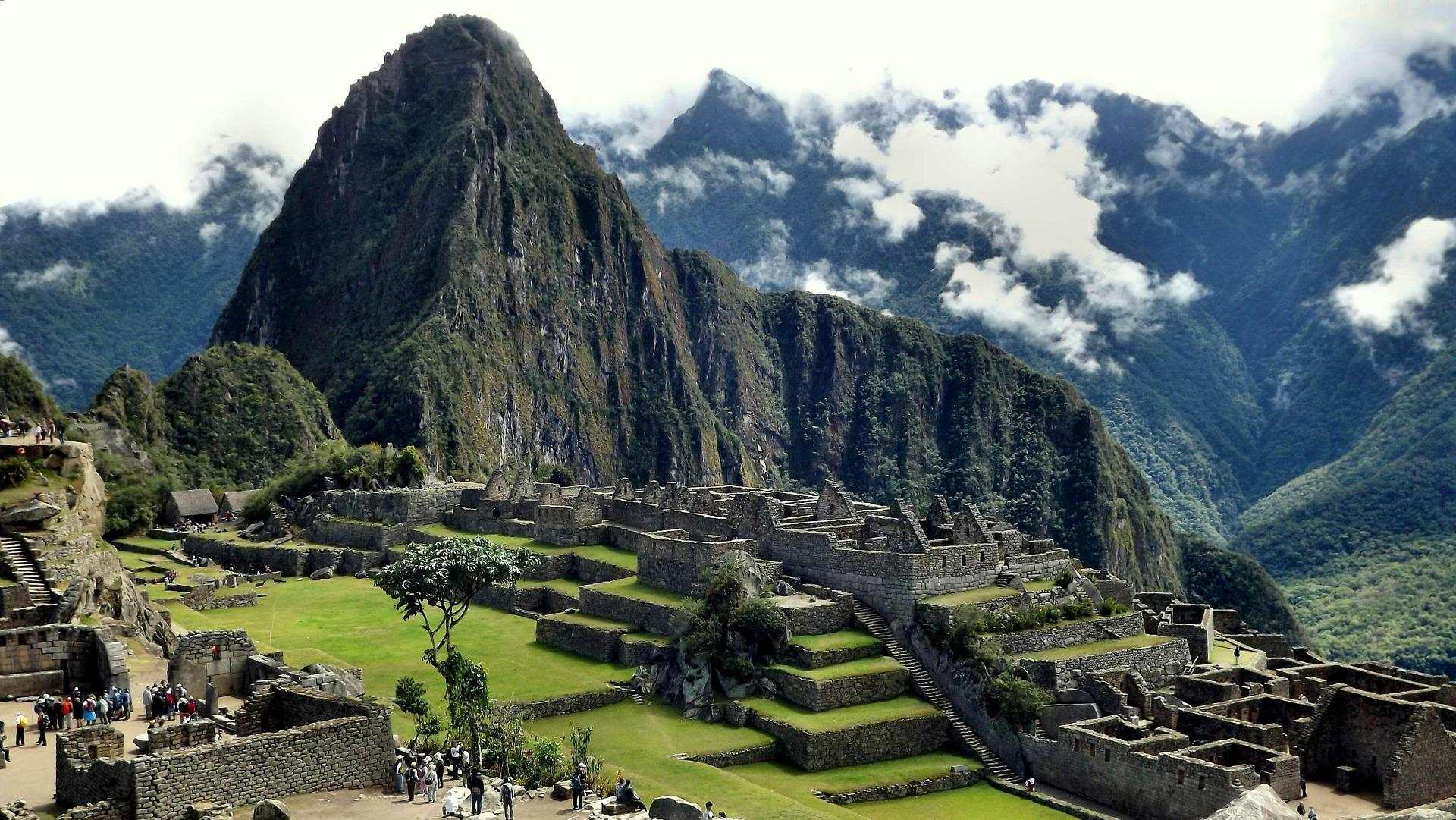The Incan Empire is widely regarded as one of the most efficient societies of ancient times and the largest in pre-Columbian America.
Although it had no legal code or currency, its administrative and political structure was the most advanced of all of south- and Mesoamerican societies. While their civilization was short-lived, it was, nonetheless impressive and impactful.
The Inca people and their way of life flourished, despite the many challenges they had to face, the tough terrain presenting them with several major challenges, which they adeptly overcame.
Want to give private lessons?
Join the Superprof community and share your knowledge with inquiring and motivated students.
An Outline of the Inca Civilisation
Before being established into an empire, the Inca people were pastoral – mainly animal farmers.
While there are no written records, there is more than one version of how the Inca Empire arose.
A very believable version is that these people had been refugees, coming from two groups: the pastoral Tiwanaku and the urban-dwelling Wari.
Giving credence to this theory is the fact that the remains and ruins of Incan buildings, attest to a people who had great building skill.
Geography
The Inca Empire, centred in the Andes Mountains, covered a large part of the South America west.
At its zenith, it took in all of Peru and parts of Argentina, Bolivia, Ecuador and most of Chile.
The capital of the empire, Cuzco (also spelt Cusco), was 3 400 metres above sea-level in the Andes Mountains of south-eastern Peru.
Although Lake Titicaca, and an abundant supply of water was miles away, this ingenuous people engineered ways to harness water for purposes of bathing, drinking and the irrigation of crops.
The Incas were also shrewd strategists and utilised their knowledge of the Peruvian Highlands to their advantage against the invading Spanish conquistadors.

Government
Much like the current-day political structure of the United States, the Inca Empire also implemented a federal form of government. The empire only had four suyu (quarters), the corners of which all converged at Cusco. Each suyu was governed by an Apu, a man of high status and distinction, who oversaw the governance of a number of districts in his quarter. At the height of Incan rule, there were approximately 80 such districts.
Unfortunately, there are no actual written records of the Inca model of government. What we do know has been relayed to us via the conquerors, the Spanish, and their records are open to interpretation and, sometimes, have proven to be misleading.
The Incan federal system of governance had a hierarchy, which was headed by an overall leader in tandem with a religious leader. Below them, a person, similar to a prime minister, supervised a Council of the Realm. This council consisted of 16 noblemen and had a fair distribution of posts filled by members of the ‘higher’ and ‘lower’ divisions of society.
Laws
As mentioned earlier, the Incas did not leave behind a recorded set of laws, since they followed a strict moral code which only had three principles:
- Do not steal (ama sua)
- Do not be lazy (ama quella)
- Do not lie (ama llula)
Everyone had a civic duty to report any wrongdoing. This action and the presence of inspectors ensured oversight, enforcement and compliance.
Economy
Interestingly, the Incan Empire established no markets and used no money. Their system was simple: they bartered with one another.
In the absence of a currency, the citizens offered up their labour for the good of the state. This included working to build monuments or roads, being a runner or serving in the military. The runners formed part of a messaging relay system across the empire’s 8 000 km of roads. The runners passed messages along in the way the relay baton is passed along in athletics.
This state worked … and sociologists have had a hard time trying to accurately describe it – some calling it a slave state, others a feudal state and some called it a socialist state!

The Life of the Incas
Since civil service was very important to the Inca, diligence was highly regarded.
Everyone was thought of as a servant, even the king.
However, there were marked distinctions among the people, although there was no wealth anyone could amass.
The Social Strata
Right at the top of the heap were the supreme leaders or kings. Known as capacs, they often came by their position via heredity and had several wives.
Inka, Inca nobility, also inherited their social positions. These people were easy to recognised, due to the conical shape of their heads, which had been tightly wrapped when they were infants.
Curacas were government officials and bureaucrats. Agricultural community leaders were called caciques.
Just above the general population were the chasqui, the runners who traversed the length and breadth of the empire.

Religion
There are numerous Spanish records which suggest that the Inca believed in re-incarnation.
The cremation of a body was prohibited, as the act would hinder the passage to the world hereafter. Incans were, therefore, mummified and their bodies stored, to be retrieved at times of festival.
Besides their very basic moral code and their belief in re-incarnation, the Incas worshipped a pantheon of deities:
- Ayar Cachi: a hot-tempered god whose tantrums cause earthquakes
- Illapa: goddess of thunder and lightning
- Inti: sun god who smiles with special favour on the city of Cusco - he was their patron deity, meaning that he was thought to reside in the city, causing Cusco to be thought of as the City of the Sun.
- Mama Occlo: taught people how to be civilized; taught women how to weave cloth and build houses
- Mama Killa: wife of Inti, called the Moon Mother
- Pachamama: wife of Viracocha; mother of the Earth
- Viracocha (or Pachacamac): creator of all living things.
Manco Capac was regarded as both a god and the father of the Inca people. He is credited with teaching the Inca work together and share resources, as well as how to plant crops and craft weaponry. Again, since there were no written records, it is hard to tell whether Manco was real or merely part of their rich oral history.
Sacrifices
The Inca, much like the Maya, routinely made sacrifices to their gods, especially children.
If there was not sufficient water or food or if the supreme leader passed away, several children might be sacrificed in the hope that the gods would, once again, look kindly on the Incan people.
Leisure Activities
As opposed to doing things for fun, there are, rather, numerous accounts of people doing things out of belonging to a greater whole, a sense of duty, being given a task equal to their neighbours and, in general, serving with pleasure.
A good example of this is seen in the Incas view of marriage. Young men were allowed to marry, within their social class, after the age of 20. Young maidens were permitted to marry at an age four years younger and entered a union that was rather business-like.
Once the couple had set up home, the wife managed all facets of the home, cared for the children, tended to livestock and worked in the garden.
The men could also assist with caring for the livestock and could garden. However, their main duties included carrying in firewood, building houses and joining in battle, when necessary.
Although the Spanish looked on the division of labour differently, the life of the Inca really was one of servitude, with both sexes sharing the burden of responsibility equally.

The Technology of the Inca
The Inca outperformed many other ancient civilisations, in many ways, with their amazing feats of engineering.
One of their great innovations is the agricultural terraces they created to retain water, while they experimented with various crops. Those aqueducts, also, brought water to the urban centres, where even communal baths were created.
What is impressive about the waterways, the Inca built, is that they were so accurately cut out of solid rock, especially when one considers that they had no metal tools.
To this day, the Sacred Valley of the Incas (where these agricultural terraces are located) is still one of the most fertile areas of Peru – thanks to their hard work and technological savvy.
Further testimony to this prowess are their rope bridges, constructed to create safe passage for workers and messengers. These they designed and constructed to carry people across Andean forests and gorges to speed up the safe passage of travellers.
What Remains if the Incan Empire?
The Incas, like indigenous populations elsewhere in the world, was decimated by influenza, smallpox, typhus and measles – diseases brought to their shores by the Spanish invaders. The demise of the Incan Empire came swiftly, precipitated by the arrest and eventual execution of their supreme leader, Atahualpa.
Strangely, the Inca were actually pleased at the death of their supreme leader, letting go of their gods, their way of life and their rules, without much fuss.
Vilcabamba, a village high in the Andes (the last Incan holdout), finally fell in 1572. The last Incan ruler was slain and the final remnants of the Inca way of life was wiped out.
Sadly, the only record of this great civilization comes to us via the Spanish, as the Inca, themselves, created no written legacy.
They did, however, leave the world wonderful examples of their very precise engineering – stone buildings, Machu Pichu and numerous mysteries which are still to be comprehended.
Want to give private lessons?
Join the Superprof community and share your knowledge with inquiring and motivated students.





